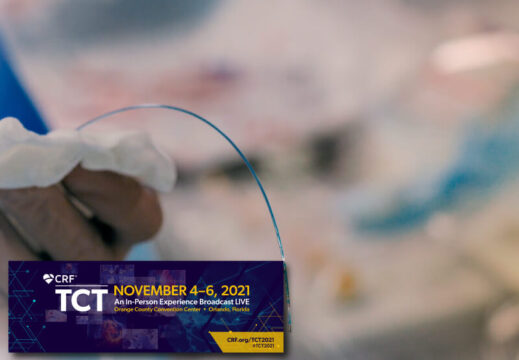In CAD patients with diabetes the polymer-free amphilimus-eluting stent resulted non-inferior to the polymer-based zotarolimus-eluting Resolute Onyx.

This new device, in addition to ultrathin struts, has already been found non-inferior to the Resolute Integrity in the general population at 3-year followup. Researchers believe that the new amphiphilic carrier might be especially useful in diabetic patients given its greater diffusion along the arterial walls.
This hypothesis has generated the present study called SUGAR, presented in the scientific sessions at TCT 2021 and simultaneously published in the European Heart Journal.
The new device compared against the Resolute Onyx has shown 35% relative risk reduction of the combined end point (p<0.0001 for non-inferiority). An exploratory analysis has even shown superiority (p=0.03).
Despite these results, the authors still admit to the Onyx’s capacity to go through calcified, tortuous, or long lesions.
The SUGAR included 1175 diabetic patients with no clinical presentation, complexity, or lesion number limitation. The study even included patients with left main lesion. Half of these patients have multivessel disease.
Read also: AFIRE Trial: Atrial Fibrillation and PCI. What is the Ideal Therapy?
586 patients were randomized to receiving the Cre 8 EVO (this new device) and 589 to receiving Resolute Onyx.
After one-year followup, target vessel failure rate resulted 7.2% for the Cre8 EVO vs 10.9% for Onyx.
The advantage was mainly driven by revascularization as of 7 or 8 months in the Onyx arm.
Read also: Atrial Fibrillation and Dementia: Which Anticoagulant Agent Presents the Lowest Risk?
Even though the evidence is quite compelling, we still have a long way to go before considering this the new standard for diabetics.
libre-de-polímero-en-DBTOriginal Title: Amphilimus- versus zotarolimus-eluting stents in patients with diabetes mellitus and coronary artery disease (SUGAR trial).
Reference: Rafael Romaguera et al. Eur Heart J. 2021 Nov 4;ehab790. Online ahead of print. doi: 10.1093/eurheartj/ehab790.
Subscribe to our weekly newsletter
Get the latest scientific articles on interventional cardiology





